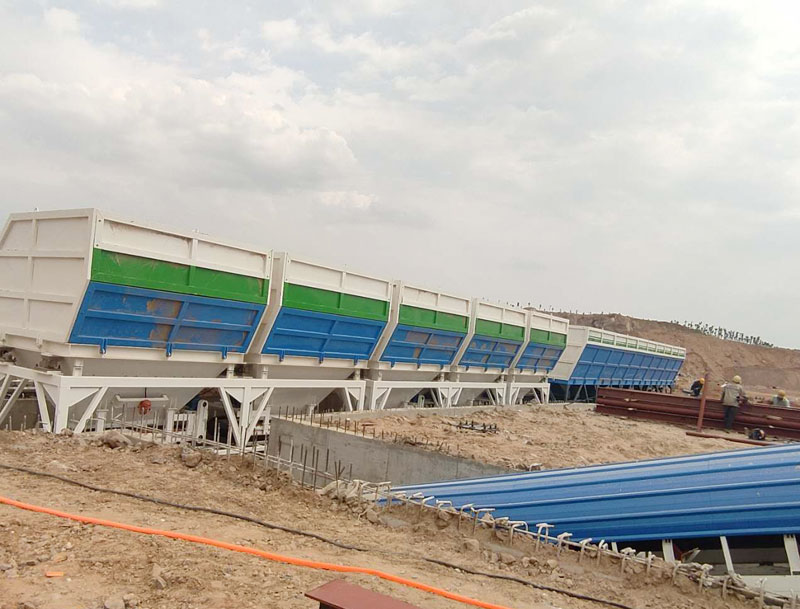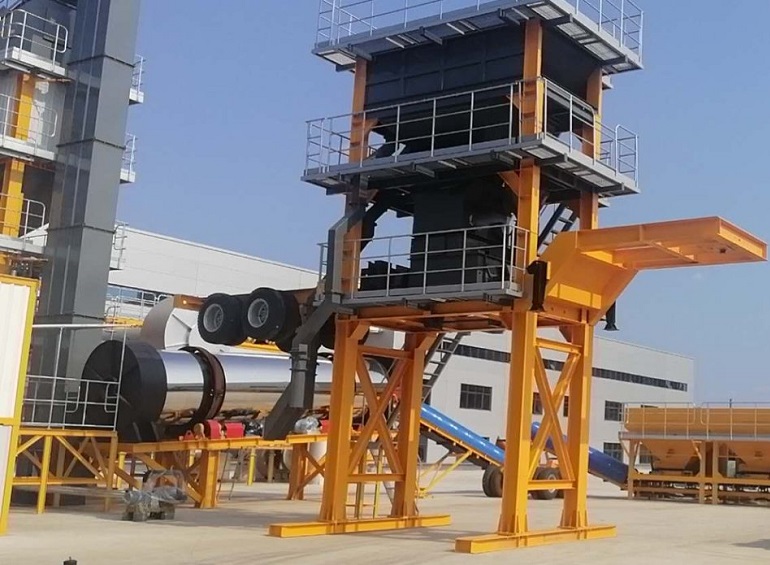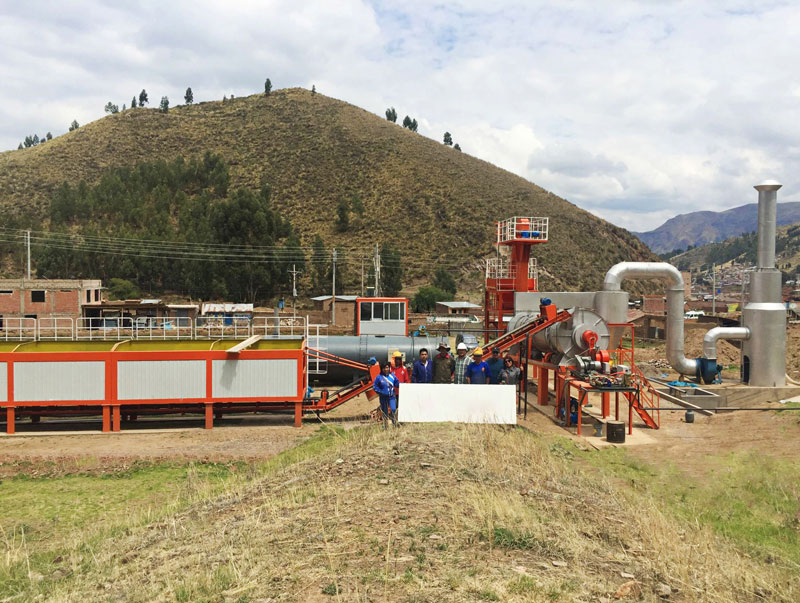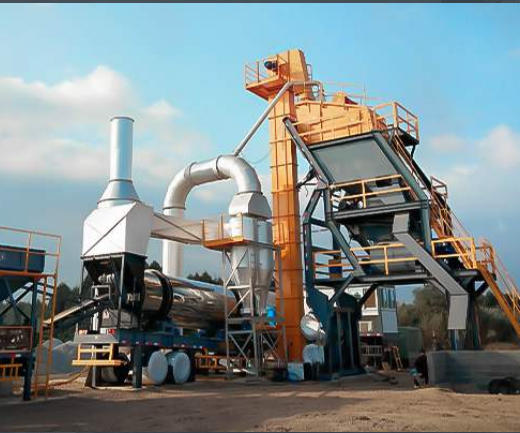Features of continuous concrete mixing plant
At present, intermittent concrete mixing plants are mostly on the market. The technological process is as follows: firstly prepare the raw materials which are not larger than the mixing machine and mixing capacity, and then put into the mixing machine to mix. After mixing, unload it into the truck.


The process of continuous concrete mixing plant is like this:
1) After starting production, each raw material starts the uniform batching process in order of its distance from the entrance of the mixer, and reaches the mixing tank mouth synchronously;
2) Each material enters the import of the mixer evenly in proportion;
3) While the mixer is rotating and stirring, the material is pushed forward, and the material is stirred/advanced from the inlet to the outlet to become the finished product.
4) After the production reaches the preset volume, each material is stopped in order of the distance from the entrance of the mixer.
5) From the start of production to the end of production, batching, stirring/pushing, and discharging are carried out continuously.
Characteristics of continuous concrete mixing plant:
1) The host machine works smoothly: the raw materials enter the mixer evenly over a relatively long period of time. No intermittent burst feeding process.
2) The finished product enters the vehicle smoothly: the product coagulator enters the vehicle evenly for a long period of time without intermittent sudden discharge process.
3) Less space occupation: the large finished product bucket and aggregate storage bucket are reduced, the height is low, and the floor space is small.
4) Low wear of wear-resistant parts: no impact, smooth mixing, and a small amount of mixing at the same time.
5) Low energy consumption: the installed power is small, at the same time, the amount of mixing is small, and a small amount of raw materials enters the mixing machine evenly and is easy to mix evenly.
6) Low use and maintenance costs: fewer structural links, short belts, and stable work. The five major systems of the continuous forced cement concrete mixing plant make up the sand and gravel system: including three feeding sand and gravel buckets (two or four according to different requirements), which are used for the metering and feeding of the sand and gravel respectively. Each gravel hopper is composed of collecting hopper, weighing sensor, reducer, feeding belt and auxiliary equipment.
Powder system: composed of storage silo, storage butterfly valve, lifting screw, metering silo, disc feeder and other parts.
The powder storage silo includes the main silo and the auxiliary silo, with a single volume of 100T-300T. Both the main warehouse and the auxiliary warehouse are equipped with automatic arch-breaking device and material level signal indicating device. The powder storage bin also has a dust removal system.
Water and admixture system: It is composed of admixture tank, pool (or water tank), pumping station, water and admixture weighing hopper and pipeline.
Transmission-mixing-storage system: It consists of belt conveyor, mixing machine and mixing rack. The gravel is loaded onto the belt by the batching machine and enters the mixing machine. Fly ash and cement are directly fed into the mixer through the disc feeder and aggregate screw on the metering bin.
Low-voltage electrical appliances and automatic control systems: including power cabinet, sensors and control center.
Several advantages of multi-dimensional continuous forced cement commercial concrete concrete mixing plant: large output and high efficiency: continuous and stable work, high single machine output of continuous concrete mixing plant.
Even mixing: The mixture entering the mixer is a homogeneous material. The mixing process of the mixture in the mixer is mixing and hydration, so the mixing time can be shortened. No slurry leakage and little wear: the feed end of the continuous mixer is agitated by thousands of materials and the reverse spiral is added on both shaft ends. Therefore, there is no slurry leakage problem. The requirements of the mixer for wear-resistant materials are not high.
Low failure: The number of starts and stops of all equipment in the continuous concrete mixing plant is only 1/7-1/3 of the gap concrete mixing plant, so the equipment has a long service life and a low probability of failure.



 RU
RU MM
MM AR
AR




